What is Mannitol?
Love mushrooms? But can’t eat them without getting gut symptoms? Then you might have issues absorbing mannitol. Mannitol is a high FODMAP sugar alcohol and it belongs in the ‘Polyol’ group within the FODMAP acronym. This sneaky FODMAP occurs naturally in a range of fruits and vegetables, and it can also be manufactured and added to our food. Let’s talk about where mannitol likes to hide and how to reduce your intake while on the low FODMAP diet.
Where is Mannitol Found?
Mannitol naturally occurs in high levels in a range of fruit and vegetables like watermelon, clingstone peaches, portobello mushrooms, button mushrooms, and celery (1 2). Manufactured mannitol is used as a sweetener and is added to a wide range of products from ‘sugar free’ foods and beverages, through to protein powders, baked goods, and chewing gum. It is also added to some liquid medications like cough syrups, cold medicine, and liquid pain relief.
Can Mannitol be Called Anything Else?
Check processed products for mannitol food additive number e421 or 421 (4). If you live in the United States then mannitol can only called by its full name in the ingredient list.
How does Mannitol trigger gut symptoms?
Mannitol is a polyol and only one-third of the polyols consumed are actually absorbed by our bodies. The level of absorption depends on the type of polyol and the individual. When polyols are poorly absorbed, our gut bacteria feed on the sugars and rapidly ferment them, causing gut symptoms (1 5). Polyols also act as natural laxatives, as they draw water into the small intestine when they are poorly absorbed, which can stimulate bowel movements (1 5).
Where do you find information on foods containing mannitol?
The best place to find up-to-date information on foods that contain mannitol is in the Monash University FODMAP Diet App. This app has been created by the FODMAP researchers at Monash University and it is updated every couple of months.
Can You Cook With Foods High In Mannitol?
During the first phase of the low FODMAP diet focus on using low FODMAP serving sizes for foods in your meals. That means if a food that contains mannitol has a low FODMAP serving size, then you can use that in a meal. You can find low FODMAP serving sizes for foods in the Monash University FODMAP Diet App.
Article continues below.
Final Thoughts
Mannitol is a sugar alcohol found in certain fruits, vegetables, and processed products. Look for the mannitol food additive name e421 on food labels. During the first phase of the low FODMAP diet, avoid foods that are high in mannitol unless the food has a low FODMAP serving size.
Image Credit: mama_mia/Shutterstock.com
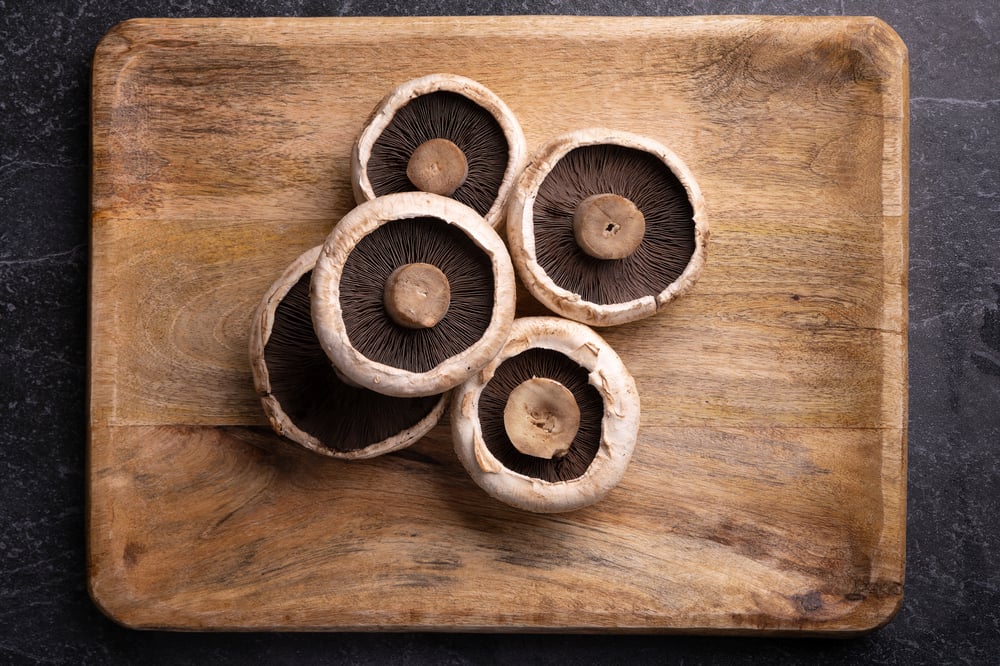
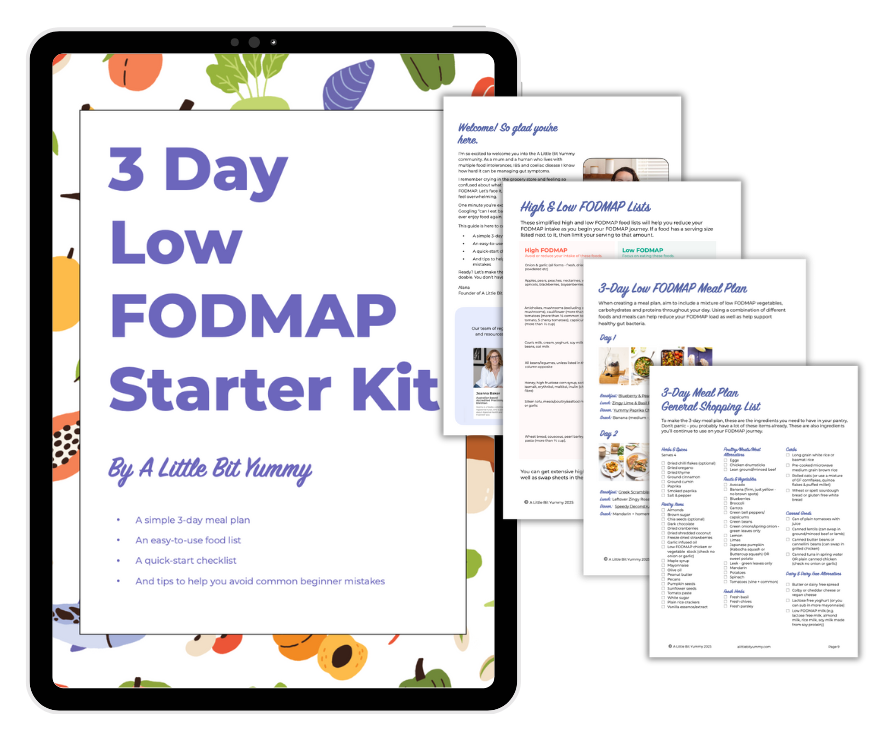

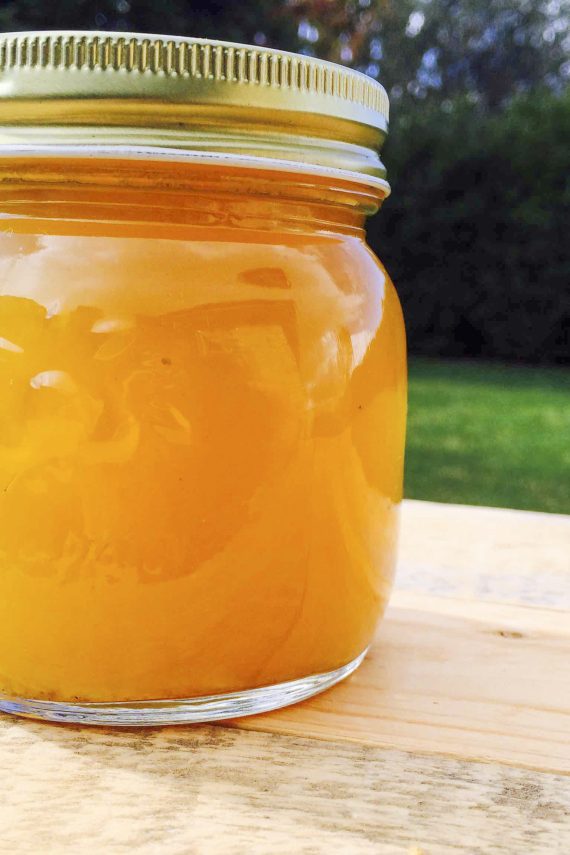
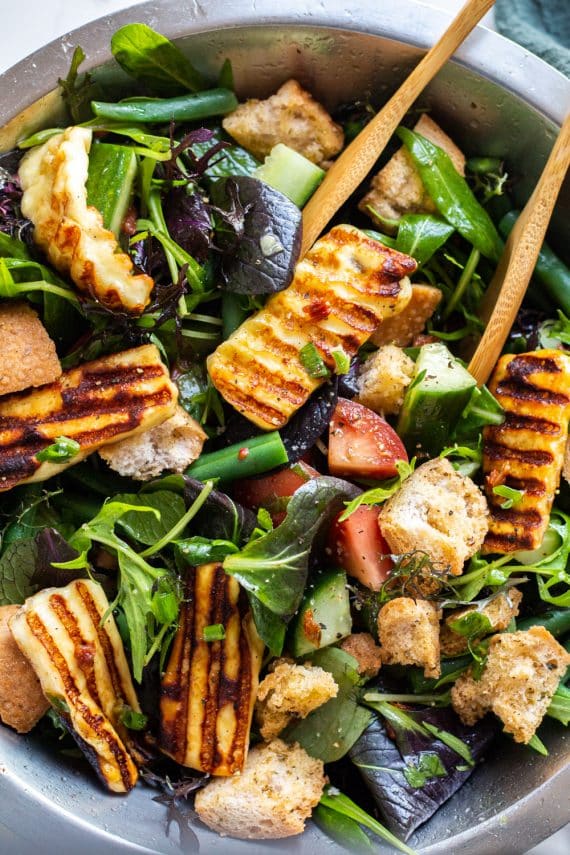
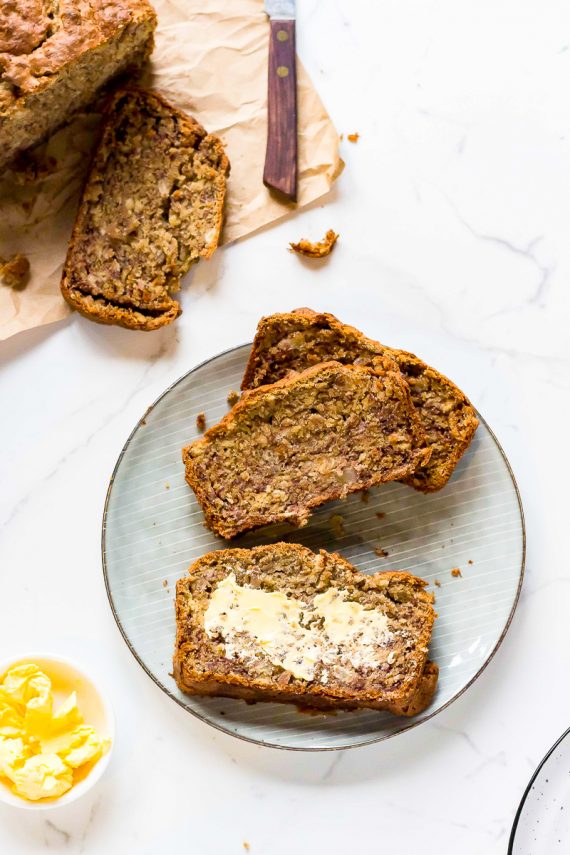






This is great. Thanks so much. After a few weeks on the low FODMAP diet I’m reintroducing mushrooms this week. Well I’m trying & seeing how we go! Wish me luck !
Hi Sharon,
I’ve got my fingers and toes crossed for you and really hope that your mannitol challenge goes well. Let me know how you get on!
Hi! What a wonderful page on mannitol, thank you very much. I have an intolerance for high levels of mannitol (and garlic and onion) unfortunately. I can eat some and it looks like the heating process might be of influence. Raw cauliflower is horrible for my intestines but steamed is ok if I don’t eat it two days in a row.
I have a question. In your list, it says butternut squash and button mushrooms. Does that mean that any other squash/pumpkin or mushroom is ok to eat?
Thanks for commenting. It’s great to hear that you can tolerate small amounts of mannitol and enjoy a bit of steamed cauliflower! Japanese Squash also known as Kombucha Squash or Buttercup Squash is low FODMAP and can be enjoyed. Many other mushrooms are high FODMAP so make sure you check out this article for more information: https://alittlebityummy.com/fodmap-guide-to-mushrooms/
This is so helpful thanks. A sneaky little problem that recurs for me’.
Hi! I’m now re-introducing and next week is mannitol week. I’m going to use cauliflower to re-introduce. Fingers crossed. Few questions for you: (1) I’m using the Monash approach and reintroducing small, medium, and large amounts of the food and then 100% FODMAP for the rest of the week. It’s worked well for fructose (which I can only take in small doses) and sorbitol (which I can take in all doses). My question for you, what is a small, medium, and large amount. I tend to go w/1/2 cup, 1 cup, and 1.5 cups. Is that right? (2) I’m using cauliflower for mannitol. Should I eat it raw or cooked? Many thanks!!
Hi Kimberley,
Thanks for messaging. With your cauliflower challenge I would look at doing a 2 floret serve, 1/4 cup serve (about 4 florets), and then a 3/4 cup serve and see how you go with that. With the challenge, think about how you would normally eat cauliflower. If you like eating it raw then you can challenge it that way. If you prefer it cooked, then cook it and add it to your meal.
What about celery juice?
Hi Patricia,
Celery juice is currently untested. However, we do know that juicing foods often concentrates the FODMAP content. This means we would recommend that you avoid celery juice until your symptoms are settled and then test your tolerance to a small amount.
Thank you for this advice. Mannitol is my worst FODMAP by far after I’ve been through the process and keep having to remind myself where it’s hiding in foods eg larger serving of celeriac. I love most of these natural mannitol-containing foods and it’s good to know some have a safe portion. Thanks!
I am new to learning about all these hidden things like Mannitol and learning to eat a Low FODMAP diet. Any tips to get started would be greatly appreciated. I have suffered from gas/bloating/and feeling like gas is trapped with abdominal cramps. I don’t get diarrhea or constipation, just lots of gas discomfort. I’ve pretty much eliminated all dairy. I’m hoping I’m moving in the right direction by trying the low FODMAP way. Any advice would help save me time and be appreciated. Thanks
Hi Jessie,
Thanks for commenting. We are happy to help you get started on the low FODMAP diet. What we’d recommend you do is check out our FODMAP Wellness Club – it has everything you need to make the low FODMAP diet easy all in one place. It gives you instant access to our FODMAP101 Course (this has everything you need to know to get started), downloadable guides, 700+ low FODMAP recipes, meal planning tools, symptom tracking tools, email tips and email support from FODMAP experts. You can also access a range of dietitian led classes that can help you troubleshoot your symptoms. You can find out more here: https://alittlebityummy.com/join-our-low-fodmap-club/
Hello, I’m very mannitol sensitive, and not sure about sorbitol yet. I read in lots of places that clingstone peaches are high in mannitol. Someone mentioned to me that freestone peaches might be more ok, but I can’t seem to find anything about freestone peaches, all the resources only mention clingstone. Would you have advise for me?
Hi Elaine,
Thanks for commenting. Monash University hasn’t tested freestone peaches for FODMAPs yet, this means we don’t know what the mannitol levels are in this fruit. We do know that white peaches and yellow peaches contain sorbitol and sometimes fructans. This means if you aren’t sensitive to these FODMAP groups you might tolerate those varieties better. You can find more information in the Monash University FODMAP Diet app.
Thanks so much for the helpful article! I have just been given the diagnosis of IBS so this is all new to me, but making so much sense now!!
This also explained really well how the FODMAP ‘stacking’ can happen. Which was something I was a bit confused about. Thanks for sharing with us!
Hi Kelsie,
It’s great to hear you found the article useful. Thanks for commenting!
I have reflux issues and find that the antacids I need all have Mannitol in them, and so cannot have them.
Hi Christopher,
We are sorry to hear that you are reacting to the mannitol in antacids. We’d suggest you have a chat to your healthcare team as they might be able to prescribe an alternative medication.